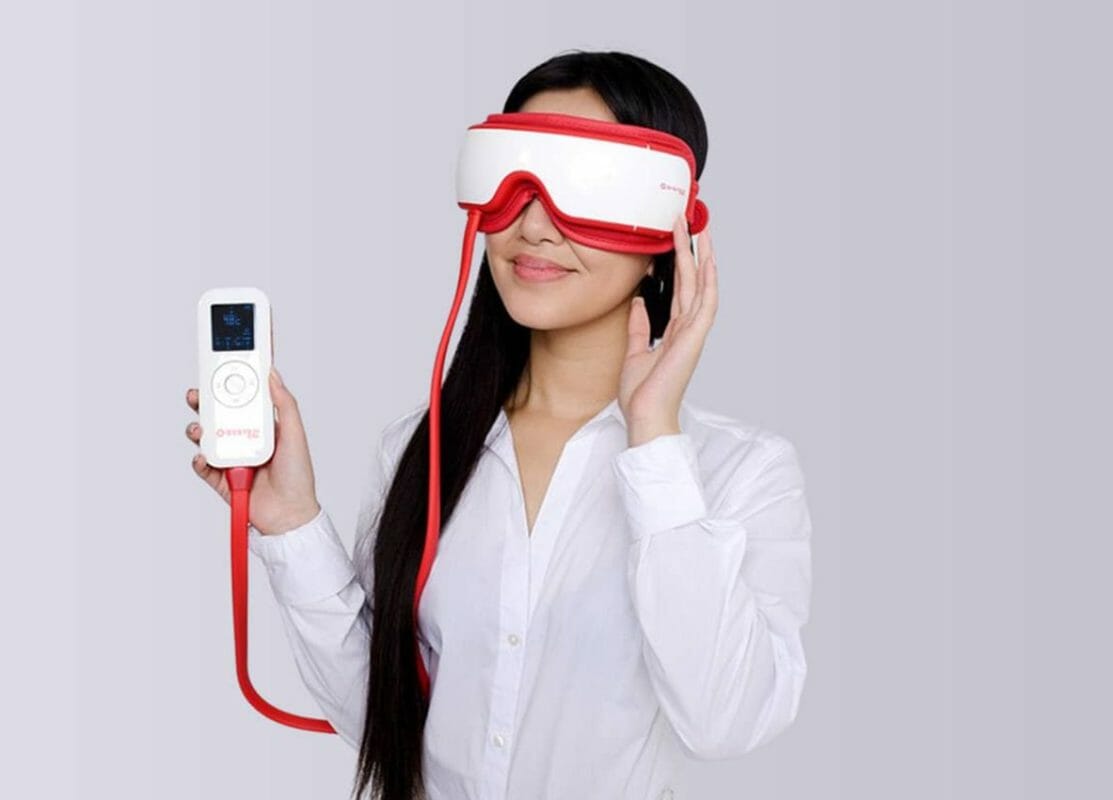I’m pretty sure they are, since nowadays we all spend at least 4 hours a day on our technological devices. Vision diseases have increased dramatically so it is very important to talk about them openly, in order to be well informed, have the correct terminology, know which are the symptoms, and take action on them as soon as possible, to prevent and avoid future diseases, that could be terrible for your eyes.
Let’s roll! At this time, I would like to give you some data.
The paper “Digital eye strain: prevalence, measurement and amelioration” says that “children are increasingly heavy users of the digital devices”, as 68% of them from 3 years old use a computer regularly, and 54% take online activities (1).
But children are the only ones to be under the eye’s hurricane, the publication also indicated that in the United States of America (USA), two thirds of adults, aged 30-49 years, and 37% of people from 60 years and older, spend five or more hours a day using digital devices. Plus 87% of individuals from 20-29 years “use two or more digital devices simultaneously” (1).
Consequently, the Digital Eye Strain report, cited on the document, reported that 65% of adults, in the USA, out of 10,000 presented Digital Eye Strain (DES).
The American Optometric Association divided the DES symptoms in external and internal, symptoms of strain. The first one corresponds to burning, irritation, tearing and dryness. These are also closely related to the Dry Eye Syndrome (DES).
While the internals go with the accommodative vision stress (2). The responsibility of the accommodative eye’s muscles is to switch the fixation from one side to another. When this function is disturbed by the excessive use of devices, the muscles are going to struggle in making those changes, meaning that when they are in constant tension, little by little they lose their natural strength, elasticity and flexibility
The paper proved that 31 out of 153 computer users, had a poor accommodative facility, which provoked visual discomfort (5).
Based on the same form, studies made in South Korea “indicated that longer daily duration of both visual display terminal (VDT) and smartphone use are risk factors for DES”. In children, this could highly impact on learning and school performance (3).
Seniors are not exempt of suffering too from DES, since a fatigue and mental workload caused by the excessive use of the devices, are the root of pain in and around the eyes, making them feel heavy and itchy (3).
Why is DES so harmful to the eyes? Well, DES unsettles one paramount function of the eyes, which is blinking. Whose job is to maintain “a normal ocular surface, with most blinks instigating a cycle of secretion, dispersal, evaporation and drainage of tears” (4). So, when the blinking is reduced within the mobile devices manipulation, turns to be one of the first principles of dry eye. The document shows us that the eyes made 18.4 blinks/min before computer use. After, the blinks decreased to 3.6 blinks/min (4).
On the other hand, spending long periods of time on mobile devices has led to what the paper calls Computer Vision Syndrome, which its symptoms are burning, dry, and tired eyes, irritation, eyestrain, headaches, sensitivity to bright lights and eye discomfort (2).
Why is that? Because of the blue light of the screen. Actually it has been thought that blue light is dangerous for the eyes. However, recent studies evidence that this light is not bad itself, but working extremely close to this light is what damages the eyes (7).
In general, ophthalmologists treat eye strain with glasses, eye drops, and they also recommend short and frequent computer breaks. Here is where the Japanese company System 5/95 gets in.
Given all the circumstances mentioned, the group of scientists, researchers, and developers from the company, worked on the creation of a new device, which would treat eye strain. So, after a long investigation which included the knowledge of the basic principles of physiotherapy, and the latest Japanese and Korean technology, the company gave birth to the EyeSystem, a vibrative massage ocular mobile mask, controlled by a remote.
EyeSystem was validated by the Eye Research Institute from the Konyang University, in South Korea. So if you already suffer from eye strain, you only have to put the device around your eyes, like any mask, and set up the remote.
Thanks to its six Methods of Impact, which are: Vibromassage, Magnets, Acupressure, Infrared Heat, Stone Wellness, and Healthy Negative Air Ions, the device relaxes the eyes muscles with massages, stimulates the blood circulation and the lymphatic system, regularizes the intern pressure of the visual organs, and mitigates them from muscle spasms. After three months of use, from 2 to 3 times a day, during 15 minutes, you’re going to notice a huge change in your eyes, they will no longer hurt, nor feel tired.
So, my dear friend, EyeSystem was created for YOU, the device is right behind a click. Please go NOW and visit our webpage https://system595.com/, or call our Assistance Center, so that you can start profiting from this unique device in the world, TODAY.
Thank you so much for staying until the end, and I hope to see you soon wearing your mask.
See ya!
